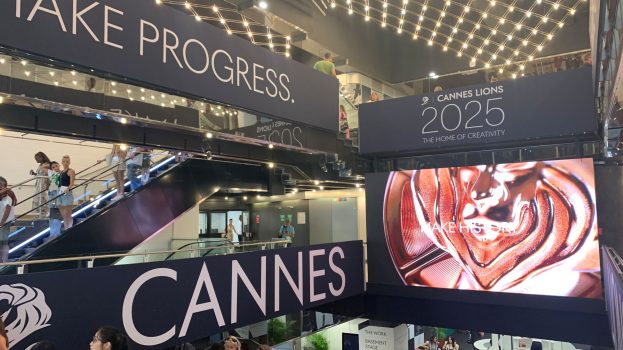By John Bradley and Carrie Bradley
This story originally appeared in the May/June 2020 issue of strategy.
New habits and brand loyalties are being forged while much of the world is in lockdown – and they’re not being driven by advertising. But it’s not just consumers who are being changed by all of this. So are brands and their corporate masters, massively and irreversibly so. Company balance sheets, cash reserves and P&Ls have never been so challenged. And ad budgets are taking a massive hit as a result.
The New York Times reported that in March, U.S. ad spend was down by 38% to 51%, depending on which medium; Marketing Week reported that 90% of U.K. marketers have had their budgets delayed or reviewed away; Diageo announced a halt to all spend that “will not be effective” (although we wonder why it took a global pandemic to trigger that decision.)
It would be folly to assume this money will still be there when matters improve.
Advertising budget allocations were already tough to secure in the archaic-seeming pre-COVID world, but, in the post-pandemic world, budgets you thought were in the bag are going to have to be won again, from scratch, against a very long list of other more expensive and more urgent company priorities.
The good news is that advertisers and marketers have a secret weapon in proving their worth. So secret, in fact, that most agencies and brands are not even aware of it. And it is this: when advertising hits the mark, it generates far more business value than anyone realizes or takes credit for. Now, more than ever, is the time to demonstrate track records in value creation.
There is a test you can do to demonstrate this value. It’s simple. Take a previous successful campaign that your agency worked on, and ask these two questions:
“What would have happened without this campaign?”
This is the non-technical description of the “Do Nothing” scenario. If sales are going down prior to the campaign, project the trend forward through and beyond the campaign period and use that as the baseline to compare campaign results. We have seen this simple approach quadruple the value generated by campaigns versus the previous comparison point of what sales were at the start of the campaign.
“What else changed in the business as a result of the campaign achieving its stated goals?”
Most businesses are highly complex, inter-related, finely-tuned machines. Change one variable, such as sales, or customer satisfaction, and many other variables change as a consequence. For example, while telcos compete primarily for new subscribers, some campaigns aimed at doing that have also increased the satisfaction of existing customers, which translates into upticks in soft brand measures. That’s usually the end of the story. But happier customers complain less, which means resources in call centres can be cut back or redeployed into proactive sales roles, which makes for happier call centre colleagues, which reduces turnover, which reduces recruitment and training costs, and so on. This domino effect of positive changes directly resulting from the campaign has a value that can be measured, or at least estimated.
Winning back advertising spend in a post-COVID Darwinian world of corporate reconstruction will not be easy. But, if you can provide positive answers to the two questions above, you’ll be much better able to demonstrate – in terms the CFO and CEO can understand – your track record as a value creator.
Quite simply, if you want to be taken seriously as part of the post-COVID solution, you need to get serious about proving the value you generate.
John Bradley and Carrie Bradley are managing partners of The Bradley Group























